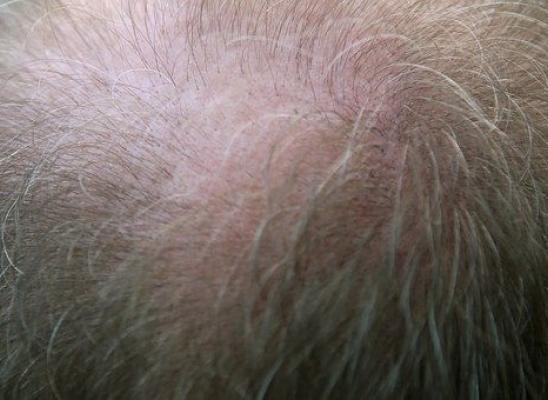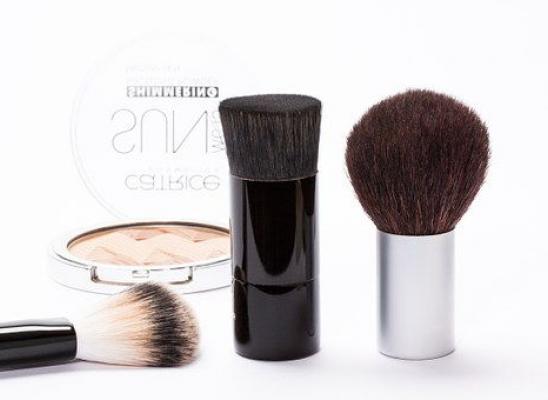What Friends and Family can do to help
Online test
Find out the severity of your symptoms with this free online test

It may be a close friend or a distant relative. It may be your sister, daughter, classmate, niece or neighbour. Whoever it may be, knowing that ther person you care about is engaging in a behavior you cannot understand such as excessive hair pulling, can leave you feeling worried and helpless. Trichotillomania (TTM), also known as hair pulling disorder, causes the sufferer to repetitively pull out the hair from any area on their bodies, most especially from the scalp. Since many people pull hair only as a bad habit, it is often disregarded as such even when the behavior has escalated to a point where is can be considered a clinical condition. Often in these cases, the individual will be experiencing feelings of shame and guilt and will often try to downplay or hide the severity of the pulling behavior. However, it is not always that easy to hide from those close to you. Family and friends can offer an excellent support structure to individuals suffering from Trichotillomania, provided they have the knowledge and interest in the condition to enable them to be supportive in a non-judgemental way.
Learn About the disorder!
As a friend or relative, you may never have heard of or come into contact with someone suffering from this disorder before. However, according to the Trichotillomania Learning Centre (TLC) ‘2-5% of the general public suffer from TTM; 5% from skin picking.’
Before offering help or support, friends and family members must equip themselves with information on trichotillomania. Lack of correct information can often worsen the problem. There are 5 criteria according to the Diagnostic and Statistical Manual 5 (DSM5), not all 5 of which have to be present, for a person to be suffering from TTM:
1. Repetitive pulling resulting in noticeable hair loss.
2. Tension prior to pulling or when trying to resist the urge to pull.
3. Pleasure, relief or gratification when pulling
4. Behaviour not accounted for by other medical conditions
5. Hair pulling leads to significant distress, and difficulty in personal life.
Individuals suffering from this condition often indulge in the behaviour of hair pulling whilst engaged in sedentary activities such as reading, sitting in front of a computer or TV, lying in bed or driving. For some the urge to pull begins as an itching or tingling sensation in their fingers which are magnetically attracted to the site of pulling. For others the urge manifests as a search for a particular irregularity of the hair strand in order to fix the perceived problem. Hair pulling ensues with some individuals looking at the hair, rubbing it between their fingers, smelling it and even chewing and swallowing it. This results in hair thinning, bald patches, extensive baldness and in some severe case scabs and sores that do not heal. The resultant feelings of shame cause sufferers to isolate themselves and try to hide the problem. This in turn causes interference with intimate relationships, avoidance of activities and distractions in work or studies. Hair pulling often starts in childhood between the ages of 11 and 13, with a greater number of females being afflicted than males. There may be a number of causes such as inherited predisposition, temperament, environment, age of onset and family stress factors. Sufferers continue to indulge in this behaviour when faced with situations that cause stress or anxiety. However, the immediate release of tension that the pulling provides is then reversed when the sufferer realizes that they are once again indulging in this behaviour, which causes a renewal of the anxiety. Trichotillomania sufferers are trapped in this endless cycle.
or driving. For some the urge to pull begins as an itching or tingling sensation in their fingers which are magnetically attracted to the site of pulling. For others the urge manifests as a search for a particular irregularity of the hair strand in order to fix the perceived problem. Hair pulling ensues with some individuals looking at the hair, rubbing it between their fingers, smelling it and even chewing and swallowing it. This results in hair thinning, bald patches, extensive baldness and in some severe case scabs and sores that do not heal. The resultant feelings of shame cause sufferers to isolate themselves and try to hide the problem. This in turn causes interference with intimate relationships, avoidance of activities and distractions in work or studies. Hair pulling often starts in childhood between the ages of 11 and 13, with a greater number of females being afflicted than males. There may be a number of causes such as inherited predisposition, temperament, environment, age of onset and family stress factors. Sufferers continue to indulge in this behaviour when faced with situations that cause stress or anxiety. However, the immediate release of tension that the pulling provides is then reversed when the sufferer realizes that they are once again indulging in this behaviour, which causes a renewal of the anxiety. Trichotillomania sufferers are trapped in this endless cycle.
Support not Preach
The second thing that family and friends can do to help is to maintain a supportive role. It is important to be emapthetic toward the person so as to avoid preaching. Even if you are well read on the condition, remember that you are not the expert. The person suffering with the condition is the expert in his or her own sufferring. Being supportive means that you are willing to listen and enacourage, rather that preach and demand. It is also important to encourage the person to seek the support of others who share their struggles asn there is a great benefit in group support. You could assist the person to find out and access support groups or resources.
Towards Understanding
 Trichotillomania already causes the sufferer to feel an extreme sense of shame and guilt. This is then often exaccerbated when someone they know is aware of their condition them. When they are unable to stop pulling, they may feel increased guilt that they have disappointed you. As a supported it is important that you learn to listen, acknowledge what the person is going through and try to understand. People supporting loved ones with trichotillomania can easily fall into the habit of trying to give advice or making it seem like the person just needs to stop. Sometimes all the peson needs is a istening ear and to know that you accept them unconditionally through successes as well as set-backs.
Trichotillomania already causes the sufferer to feel an extreme sense of shame and guilt. This is then often exaccerbated when someone they know is aware of their condition them. When they are unable to stop pulling, they may feel increased guilt that they have disappointed you. As a supported it is important that you learn to listen, acknowledge what the person is going through and try to understand. People supporting loved ones with trichotillomania can easily fall into the habit of trying to give advice or making it seem like the person just needs to stop. Sometimes all the peson needs is a istening ear and to know that you accept them unconditionally through successes as well as set-backs.
Be Involved
Make it known to the person you are supporting that you are keen to be involved with the treatment process if they so wish. some individuals may not find this helpful so it is important that you engage them on this and wait to be invited into the process as recovery is a very personal journey. Ways that you can be involved is to be a sounding board for the person to discuss what they have learned or discovered in therapy. If they are engaged in a CBT program that entails Habit Reversal Training (HRT) it may be that they need someone to help remind them of the competing behaviors they have chosed to engage in, in place of hair pulling.
The key thing to remember is that the best support it a shoulder to lean on and an ear to listen...
Online test
Find out the severity of your symptoms with this free online test
Start your journey with TrichStop
Take control of your life and find freedom from hair pulling through professional therapy and evidence-based behavioral techniques.
Start Now



